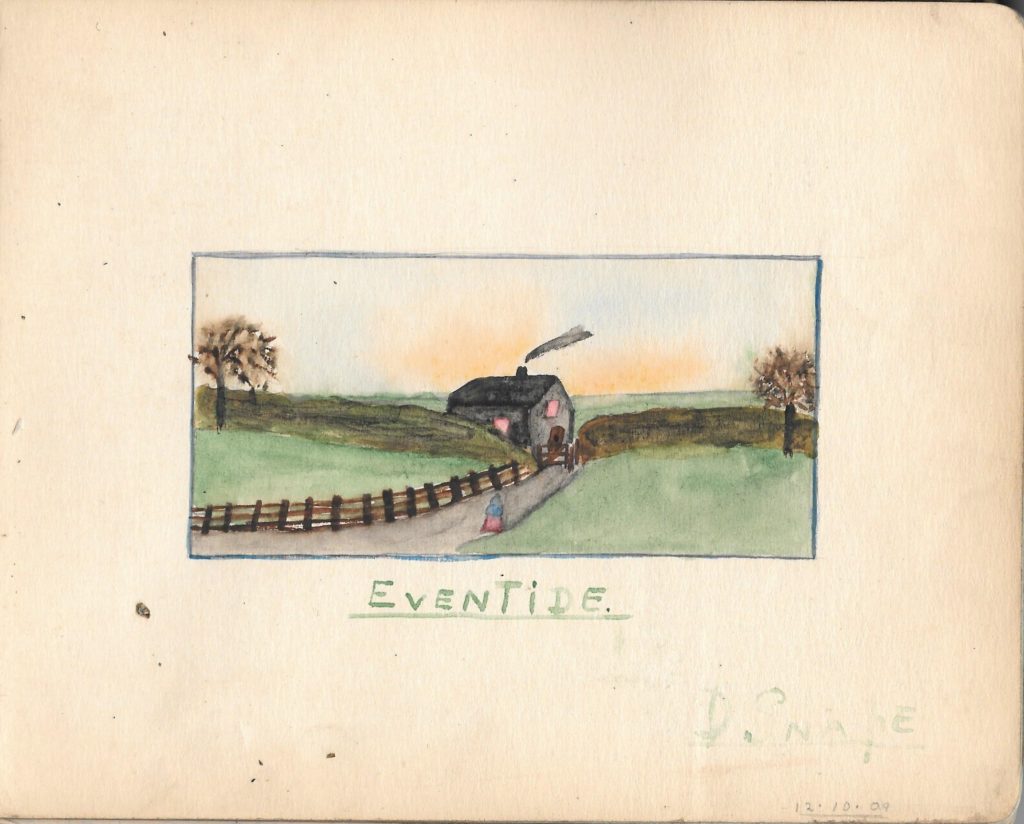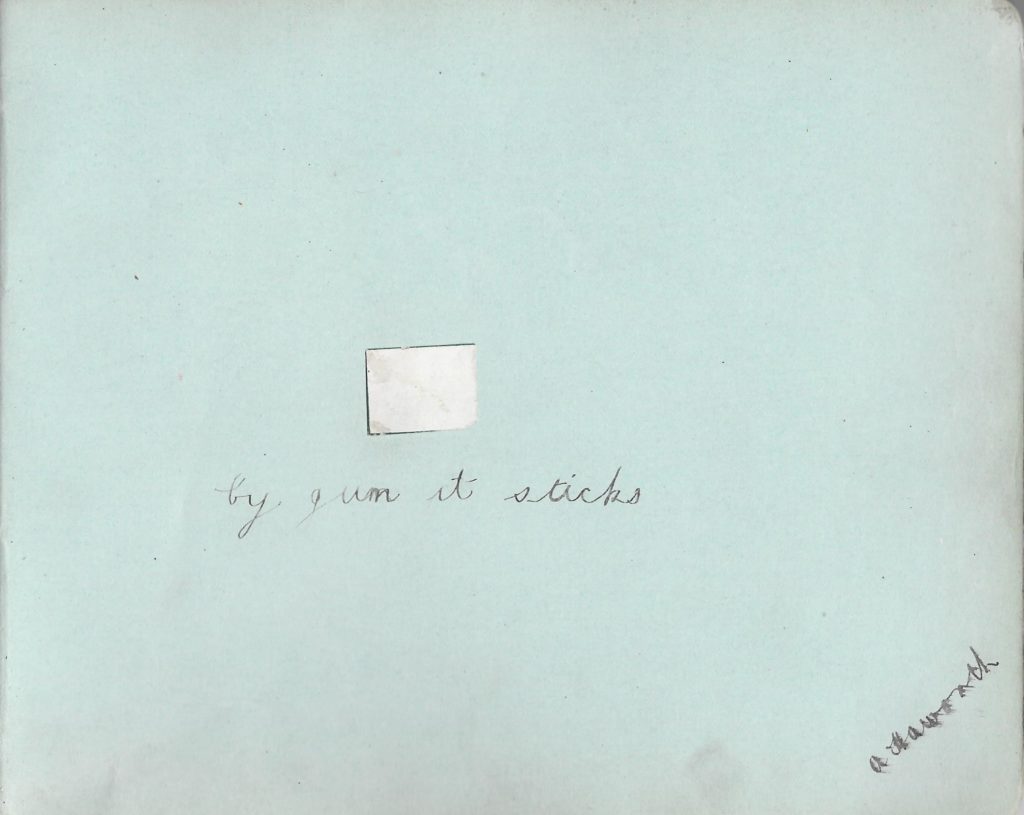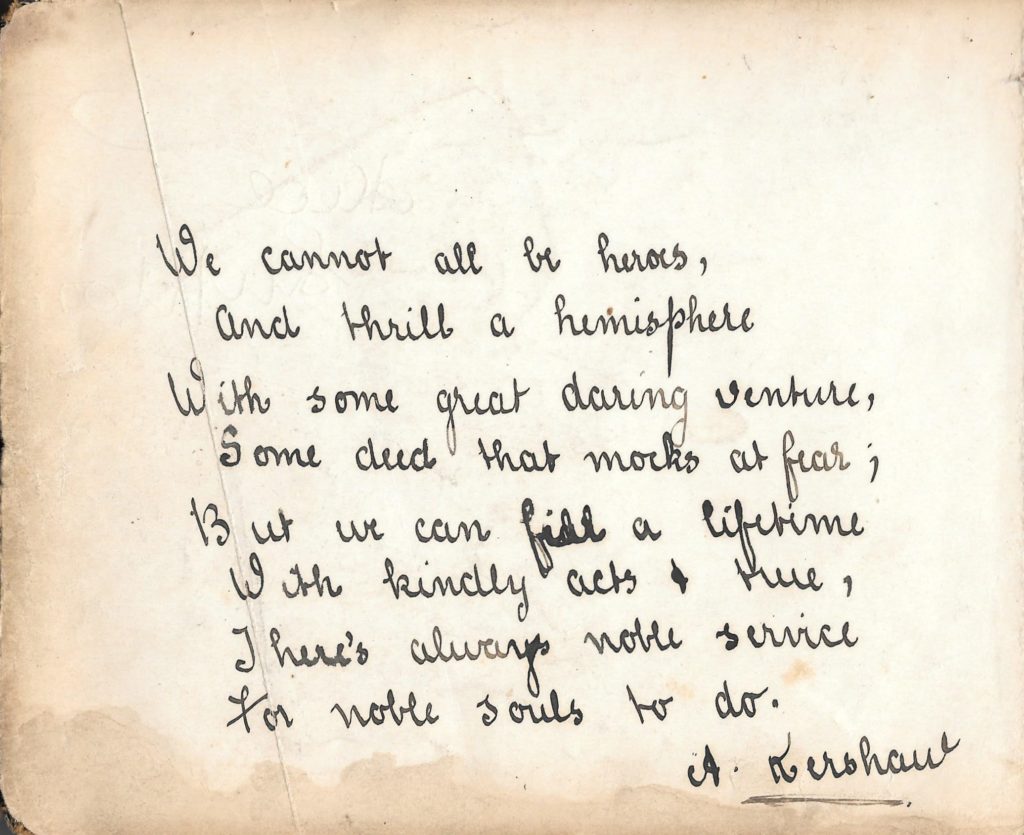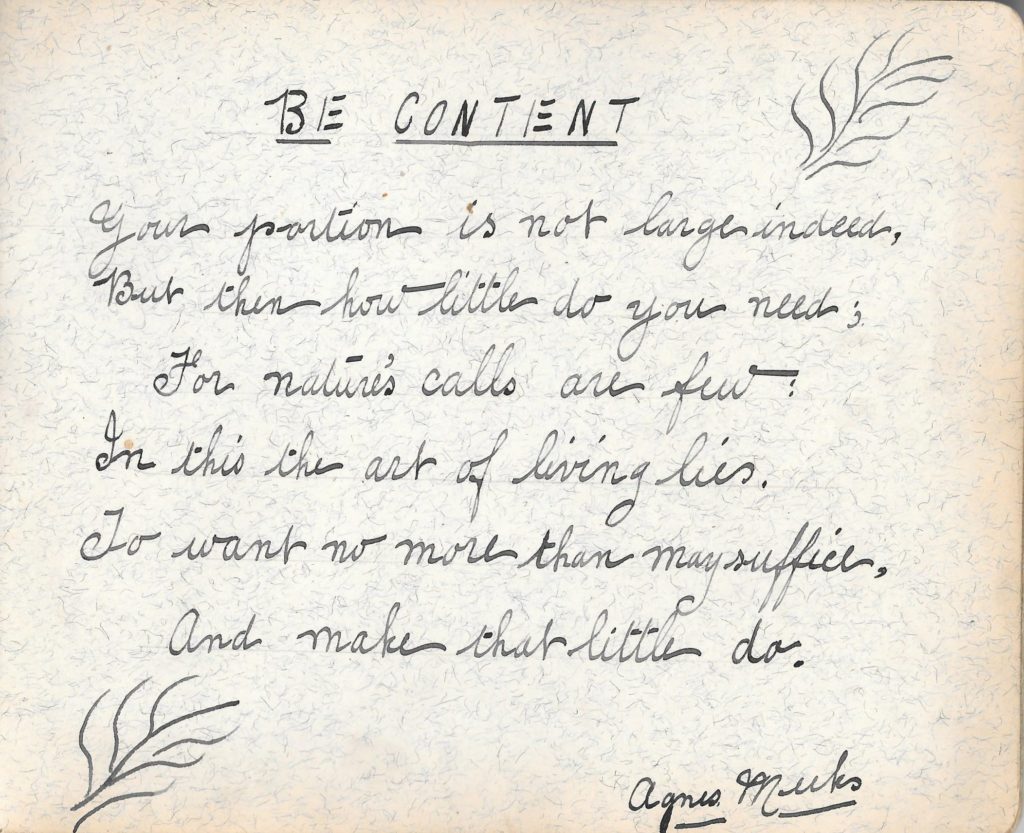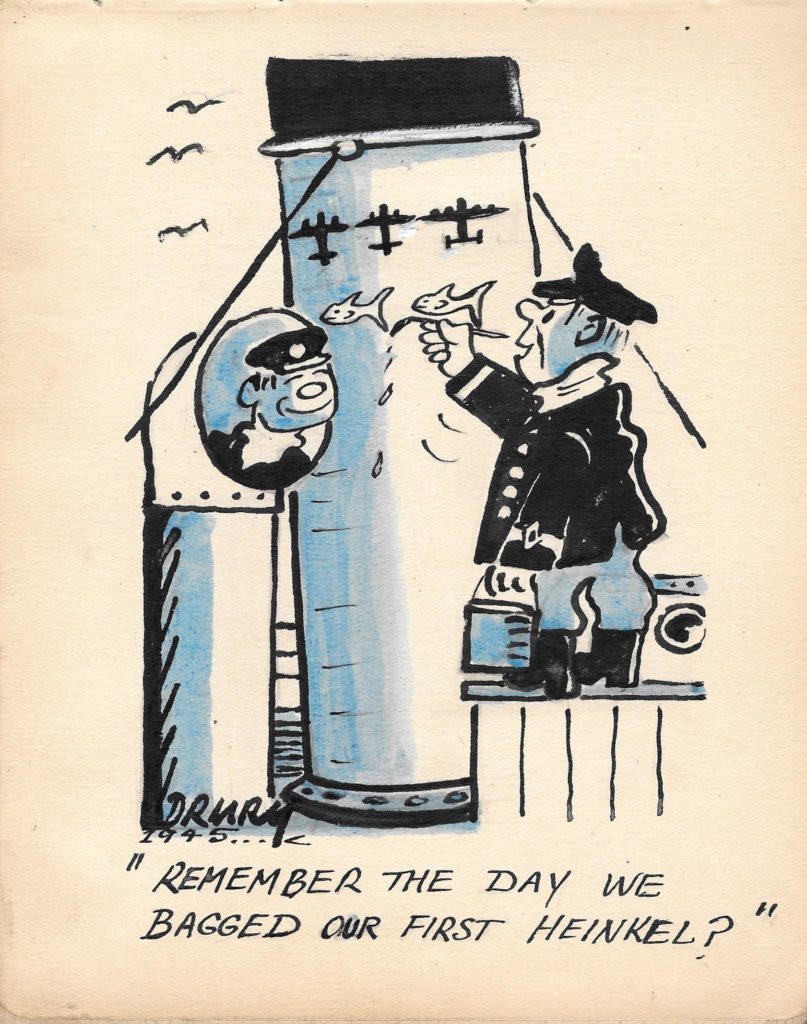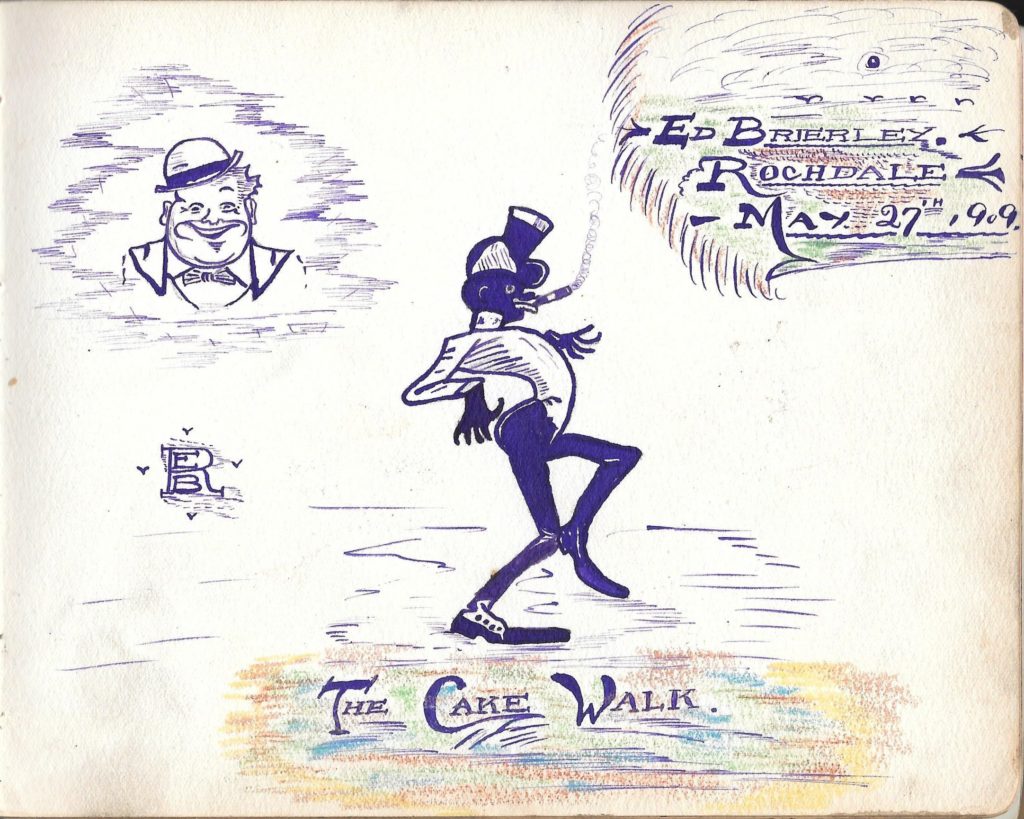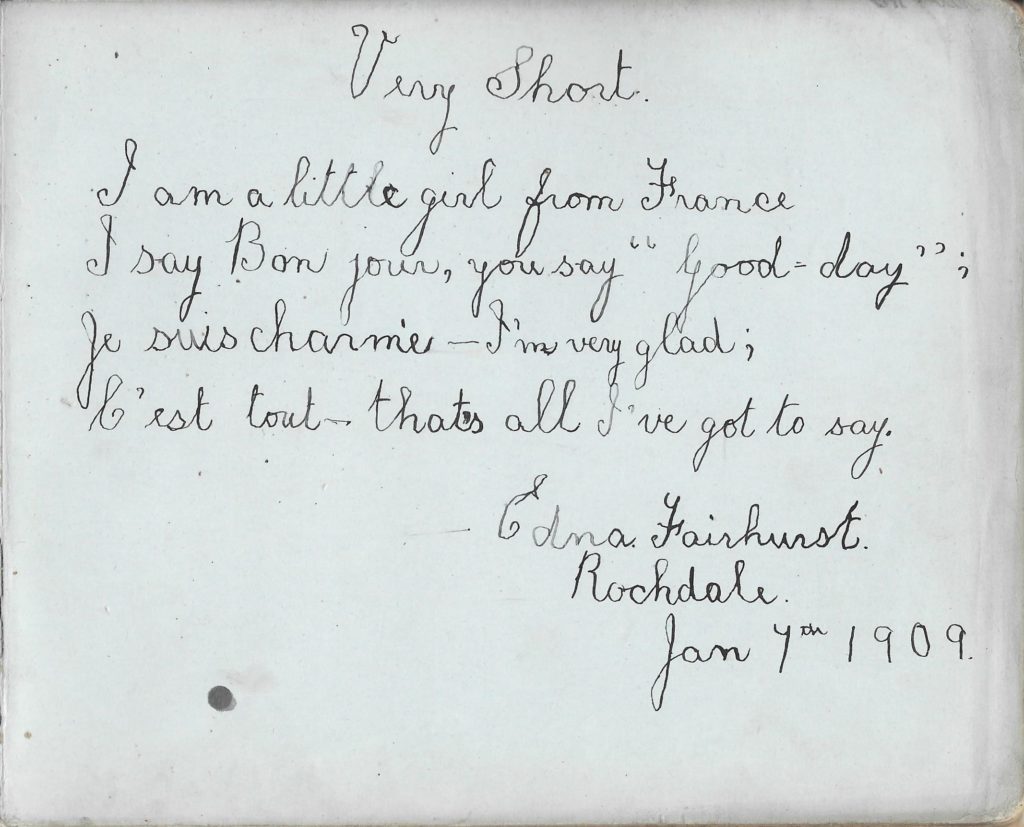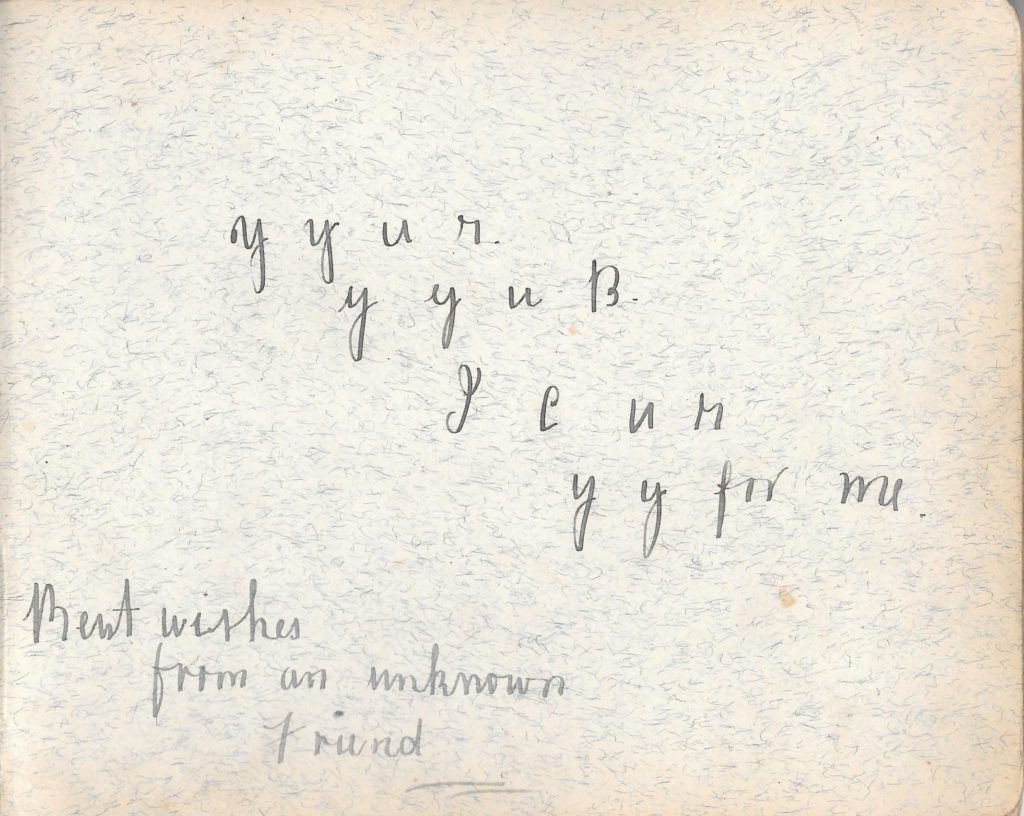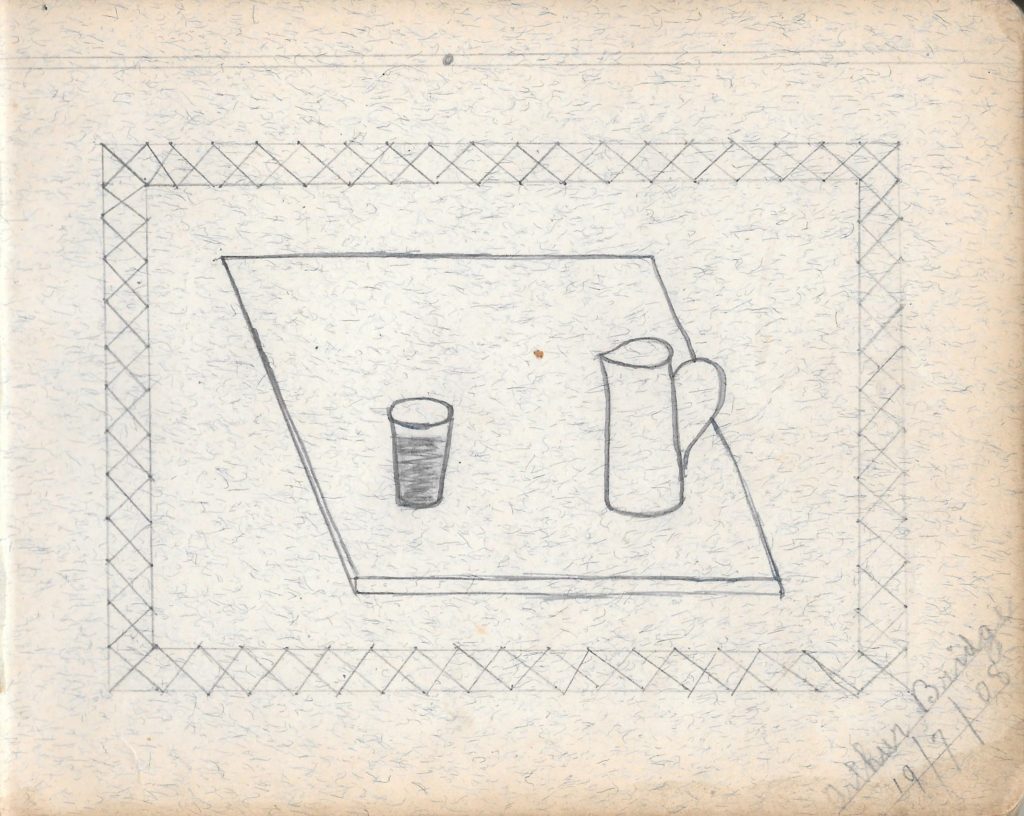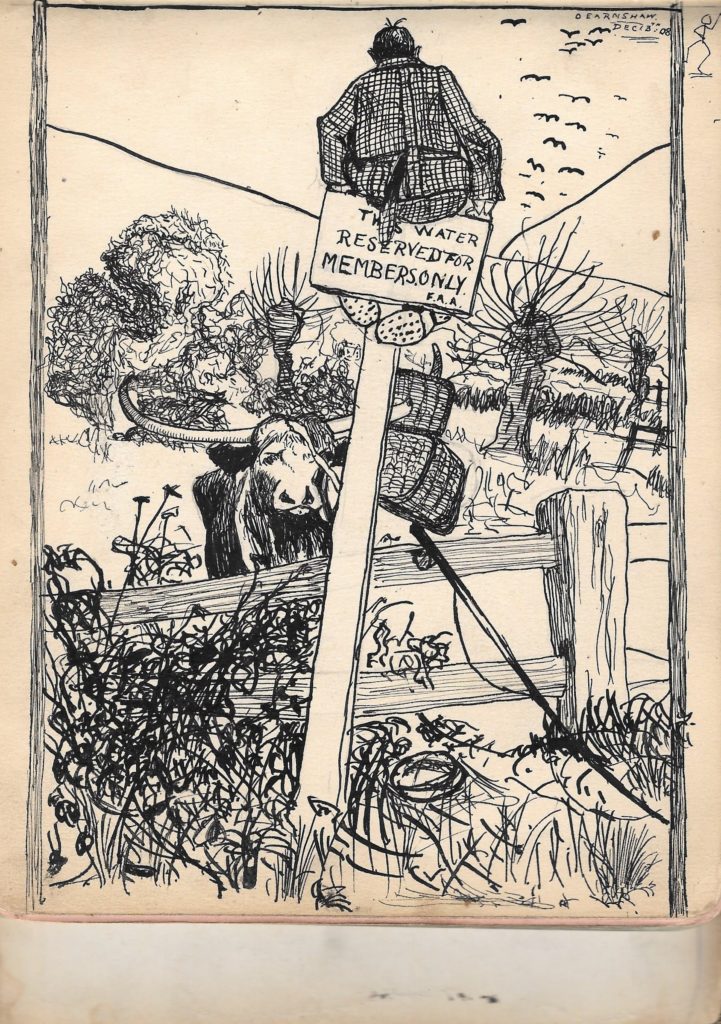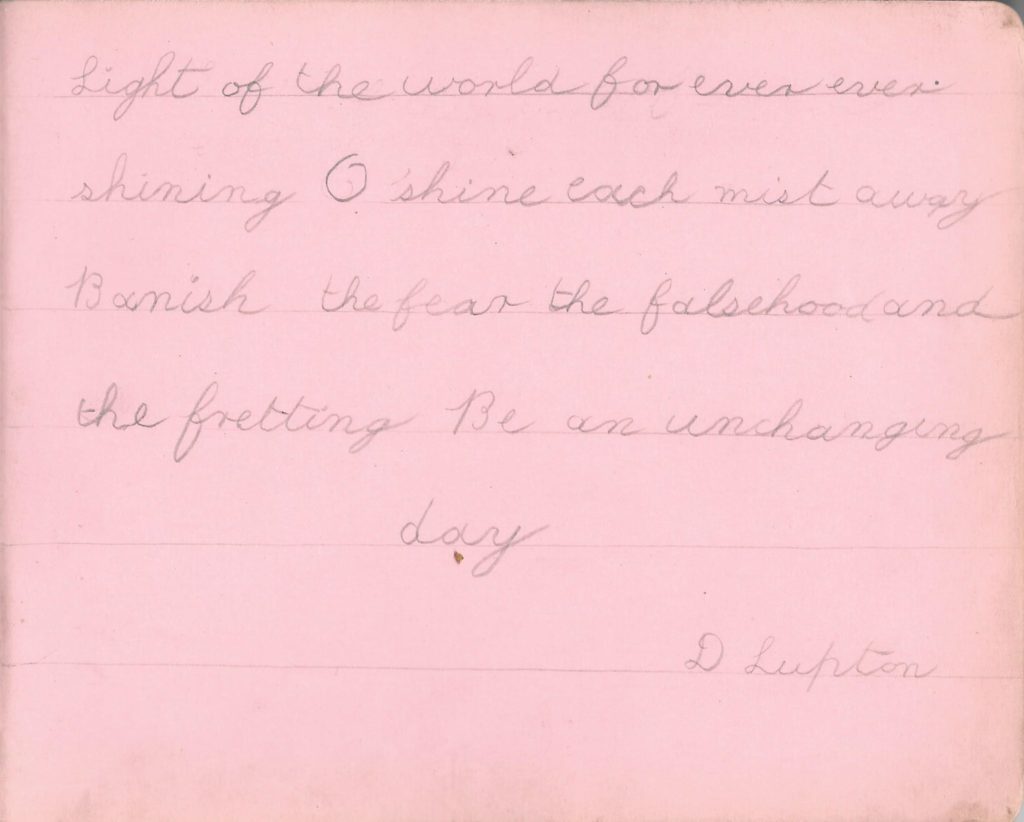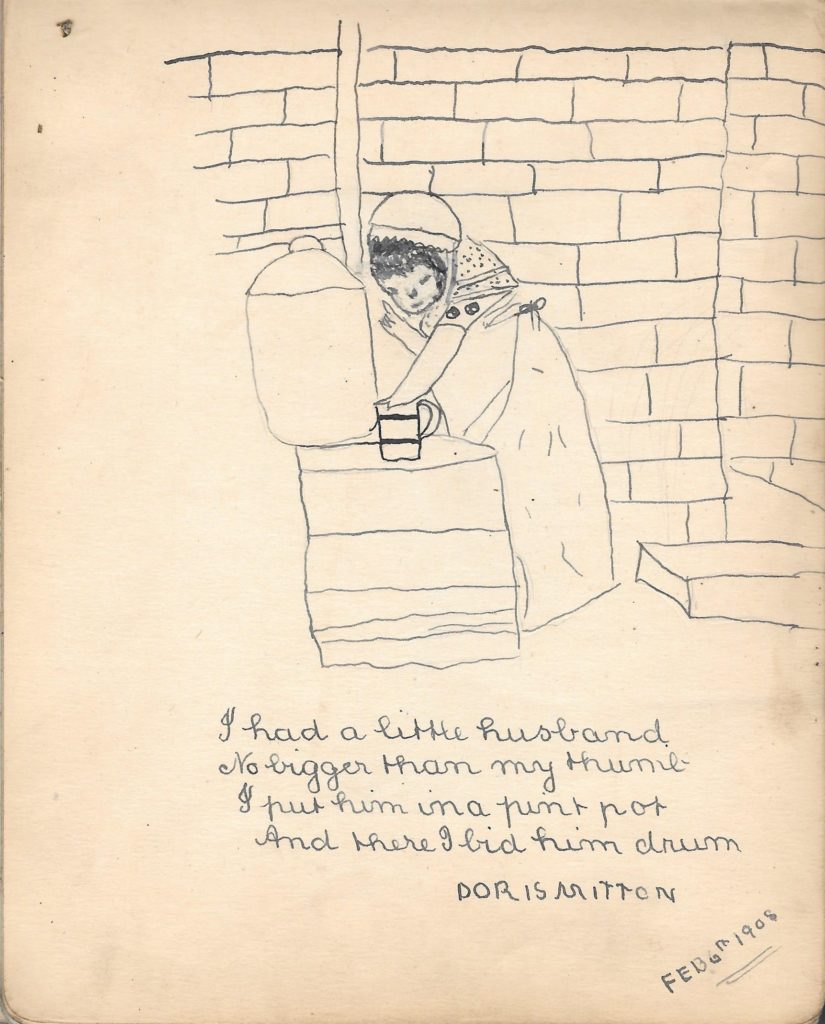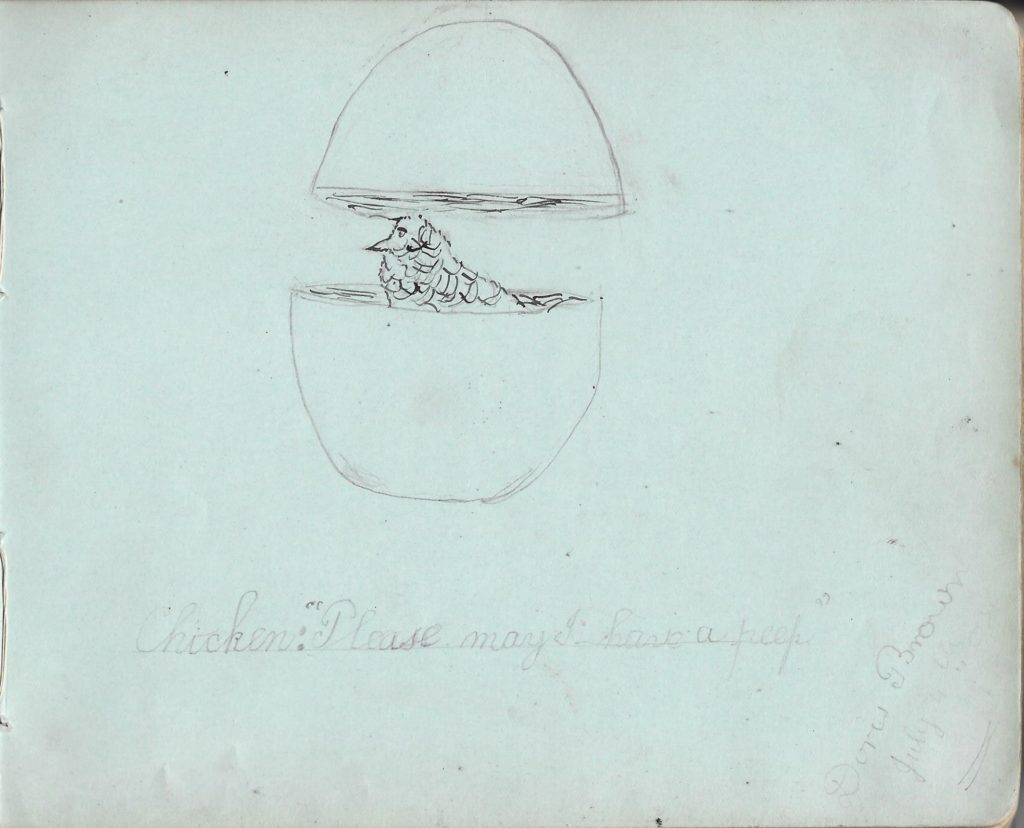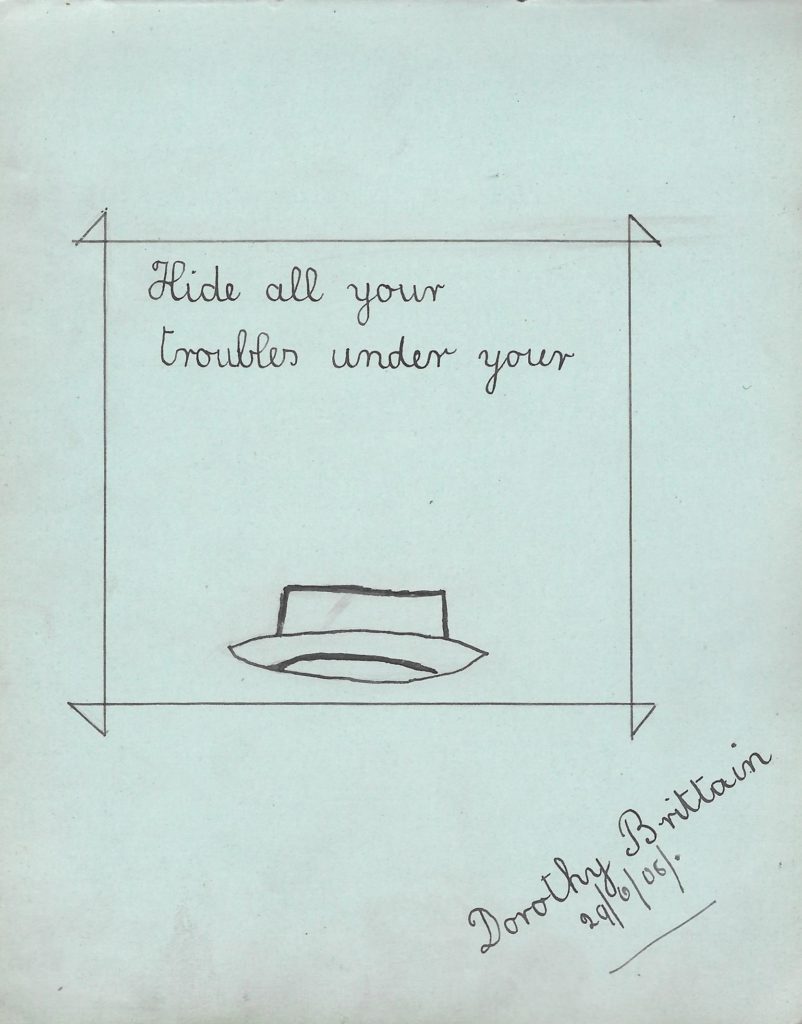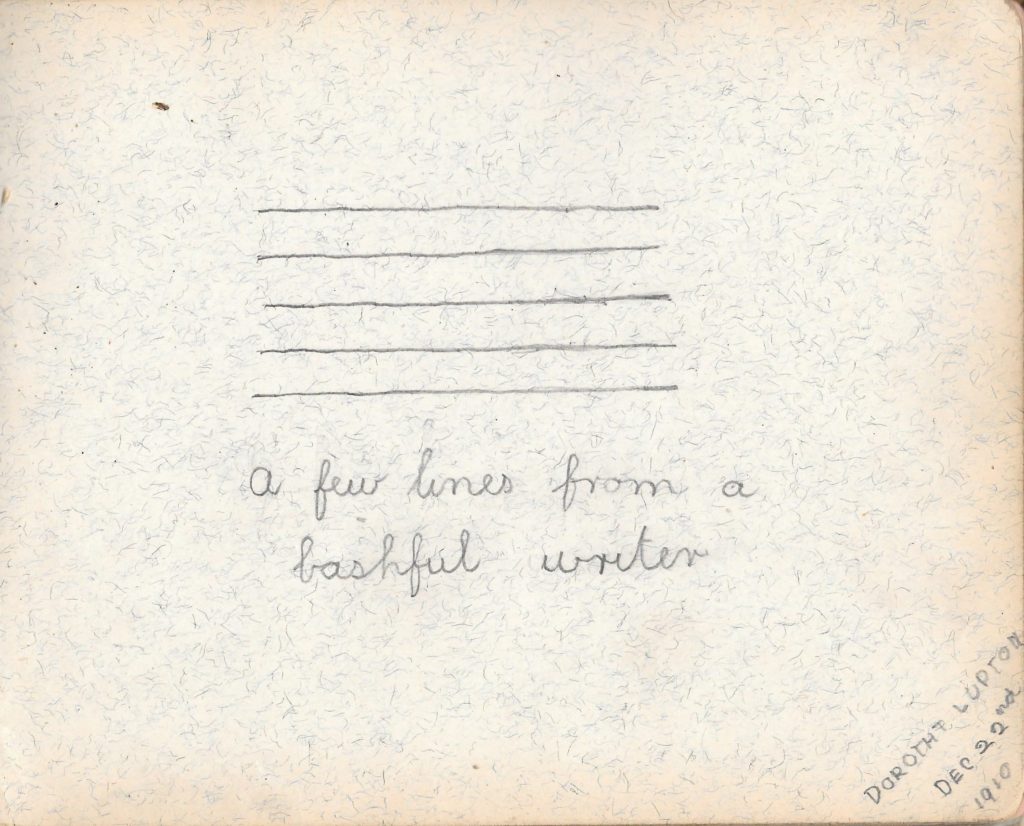Edwardian Memories: A Painted Album from Rochdale
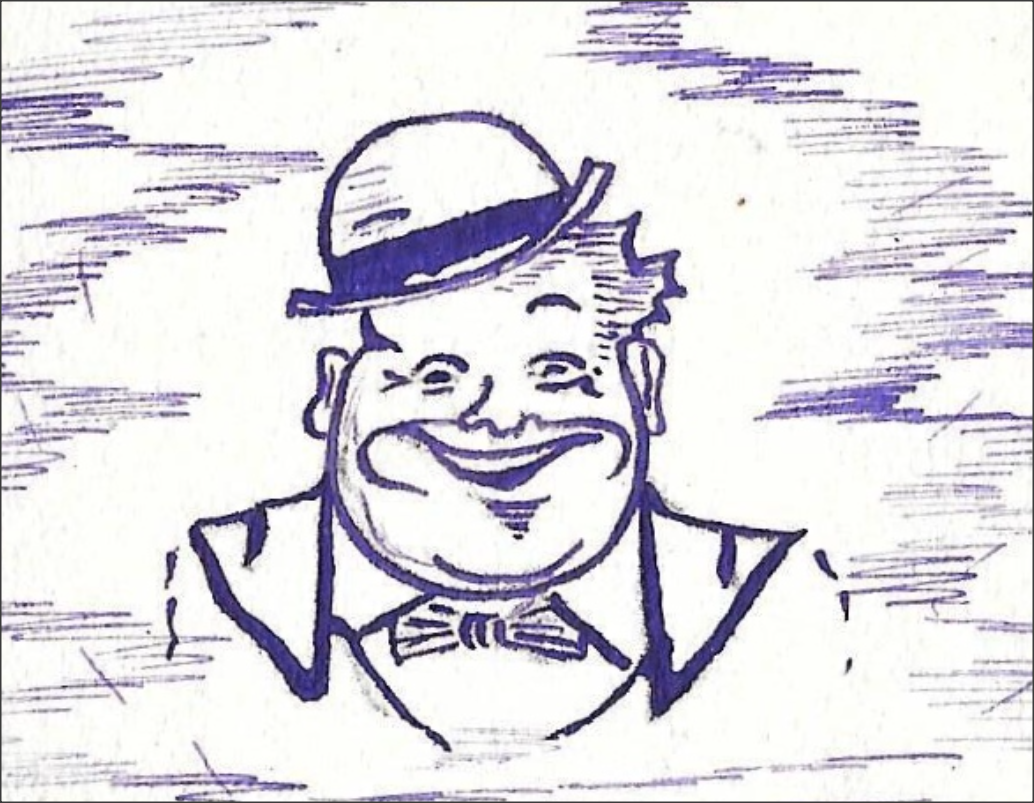
In the age before digital cameras and social media, the creation and curation of personal albums was a cherished custom among families, friends, and local communities. One such treasure is an album of drawings and paintings from the Edwardian period, lovingly assembled in the early 20th century by contributors from the Rochdale area. Though the original owner remains unknown, the character and intimacy of the collection reveal much about the people and the world in which they lived.
A Glimpse into Edwardian Life
The Edwardian era (1901–1910), though often extended into the years before the First World War was a time of gentle transformation in Britain. While the Victorian age was marked by industrial might and imperial expansion, the Edwardian years were tinged with a sense of comfort, optimism, and the anticipation of change. For a town like Rochdale—a thriving mill town in Lancashire—these years combined the legacy of industrial prosperity with the warmth of local tradition and personal creativity.
The album itself, acquired in 2015 and painstakingly scanned page by page, offers an evocative window into these vanished days. Though time has worn the physical spine and edges, the contents pulse with life: watercolours of gardens, pencil sketches of familiar faces, bright studies of country lanes and parks, and hand-penned verses that speak to the emotional and artistic spirit of their creators.
The Circle of Friendship and Creativity
It is almost certain that the album grew through the contributions of friends, neighbours, and perhaps extended family—each adding a piece of their own imagination and experience. In Edwardian towns, artistic albums like this often became collaborative projects, passed around during social visits, church gatherings, or quiet Sunday afternoons. Contributors, sometimes children but often adults too, would sign their names and add dates, linking their contributions to particular moments in their lives.
The names and dates, scrawled carefully at the bottoms or corners of the pages, tell their own stories. They suggest a community of amateur artists—perhaps members of a local drawing club, church group, or literary circle—each eager to leave their mark in a friend’s keepsake. Rochdale, known for its cultural life as well as its cotton mills, boasted music societies, art classes, and a vibrant tradition of education for both men and women. It is easy to imagine these contributors as a lively group meeting in parlours and classrooms, sharing sketches, poems, and laughter.
The Artworks and Poems: Themes and Meanings
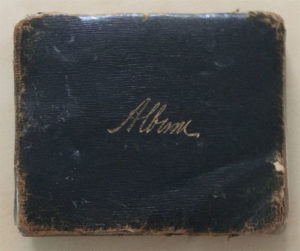 While every page in the album is unique, certain themes are likely to recur: pastoral landscapes, childhood reminiscences, affectionate caricatures, and the natural world. Flowers, birds, and country scenes would have been especially popular, echoing the period’s deep appreciation for nature and beauty as a respite from the smoke and bustle of the industrial town.
While every page in the album is unique, certain themes are likely to recur: pastoral landscapes, childhood reminiscences, affectionate caricatures, and the natural world. Flowers, birds, and country scenes would have been especially popular, echoing the period’s deep appreciation for nature and beauty as a respite from the smoke and bustle of the industrial town.
Poems, whether original or copied from popular periodicals, would often reflect the sentiments of the era—friendship, memory, hope, the cycles of the seasons, and the quiet sorrows and joys of everyday life. Such creative exchanges fostered not just artistic skill, but also a sense of belonging and intimacy. The act of creating or selecting a page for a friend’s album was itself an expression of care and esteem.
The Mystery of the Original Owner
The anonymity of the album’s original owner only adds to its mystique. Was the collector a young woman, as was often the case, or perhaps a teacher gathering the work of students? Could it have been a family album, to which children, siblings, and cousins all contributed? Or was it the cherished memento of a single individual, gathering remembrances from friends as tokens before a move, marriage, or even emigration—a common reality in those days?
Whatever the case, the album stands as a collective portrait of its community. Each drawing or poem is both a gift and a record, capturing not just the individual’s hand, but the shared values and relationships of Edwardian Rochdale.
Preservation and Legacy
By the time this collection was acquired in 2015, it was already a survivor—fragile, with a binding “slightly falling apart,” a reminder that even the most personal art is vulnerable to time. The care taken in scanning each page reflects a recognition of the album’s historical and emotional value. Now viewable across three digital pages, the collection can be explored and appreciated far beyond its original circle of friends.
Such albums are rare and precious artefacts. They invite us to step into a quieter, more deliberate world, where people marked their friendships and memories with pen, brush, and verse. In an era defined by rapid change and the coming storm of world war, these pages preserve the colour and comfort of daily life—art, poetry, and friendship, shared in the certainty that such things mattered.
Conclusion
This Edwardian album from Rochdale is much more than a scrapbook—it is a testament to the human desire to create, to share, and to remember. In every signature and every painted flower, we glimpse the bonds of community and the joys of artistic expression. Though the names may be lost to history, their voices and visions endure, a legacy for all who seek connection with the past.
The pages from the album can be viewed over a total of three pages (including this).
Rochdale Edwardian Art Album page two here

